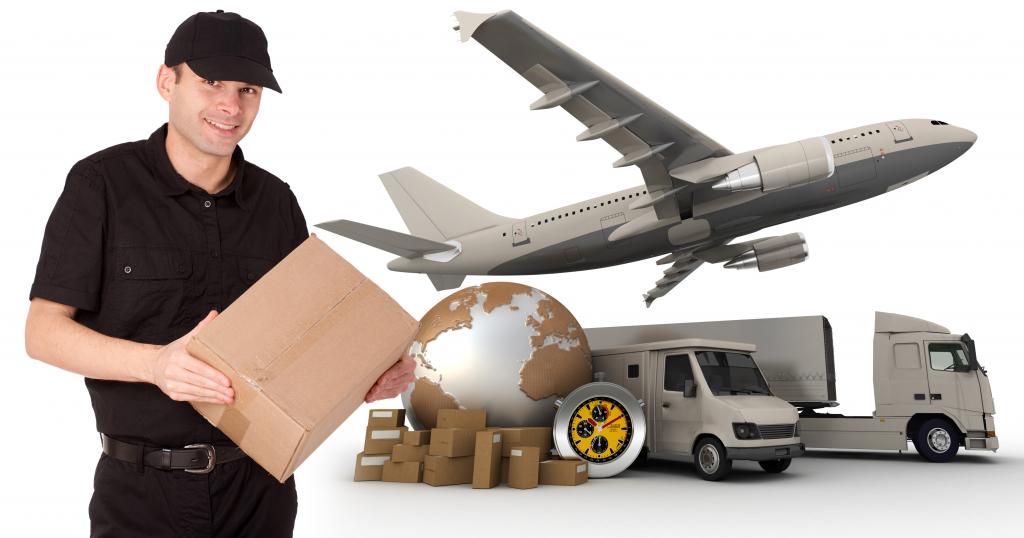Contents
How to Transport Dried Seafood from Vietnam to Madrid
Dried seafood from Vietnam is a popular export commodity. It is known for its delicious taste, high quality, and relatively affordable price. Spain is a major importer of dried seafood from Vietnam, and Madrid is one of the largest markets.
There are two main ways to transport dried seafood from Vietnam to Madrid: by sea and by air. Sea freight is the most economical option, but it takes longer, typically around 20-30 days. Air freight is faster, but it is also more expensive, typically costing around $10 per kilogram.
The best way to transport dried seafood from Vietnam to Madrid depends on the specific needs of the exporter. If the seafood is perishable, air freight is the best option to ensure it arrives fresh. If the seafood is not perishable, sea freight is a more economical option.
Here are some tips for transporting dried seafood from Vietnam to Madrid:
- Choose a reputable freight forwarder that has experience transporting dried seafood. A good freight forwarder will be able to advise you on the best mode of transportation for your needs and ensure that your shipment arrives safely and on time.
- Make sure the seafood is properly packaged to protect it from damage during transport. Dried seafood is typically packed in wooden crates or containers. It is important to use sturdy materials and to pack the seafood tightly to prevent it from shifting during transport.
- Obtain the necessary import permits and documentation from the Spanish government. You can find information on the Spanish Customs and Border Protection website.
Here are some additional details about each mode of transportation:
Sea freight
Sea freight is the most economical way to transport dried seafood from Vietnam to Madrid. However, it takes longer, typically around 20-30 days. The dried seafood is typically packed in wooden crates or containers and shipped on a cargo ship.
Air freight
Air freight is the fastest way to transport dried seafood from Vietnam to Madrid. However, it is also more expensive, typically costing around $10 per kilogram. The dried seafood is typically packed in cardboard boxes and shipped on an airplane.

Which mode of transportation is right for you?
The best way to transport dried seafood from Vietnam to Madrid depends on your specific needs. If the seafood is perishable, air freight is the best option to ensure it arrives fresh. If the seafood is not perishable, sea freight is a more economical option.
Here are some factors to consider when making your decision:
- Perishability: Dried seafood is not perishable, so air freight is not necessary to preserve its freshness.
- Cost: Sea freight is the most economical option for transporting dried seafood.
- Time: Sea freight takes longer than air freight, but it is still a viable option for dried seafood.
- Import permits: You will need to obtain the necessary import permits and documentation from the Spanish government for both sea and air freight.
Specific considerations for dried seafood
In addition to the general considerations for transporting seafood from Vietnam to Madrid, there are a few specific considerations for dried seafood:
- Moisture content: Dried seafood is typically high in moisture content, so it is important to package it properly to prevent it from absorbing moisture from the air during transport.
- Weight: Dried seafood is typically lighter than fresh seafood, so it may be easier to transport by air.
- Fragrance: Some dried seafood, such as dried shrimp, have a strong fragrance that can be unpleasant for some people. It is important to consider this when choosing a mode of transportation, as air freight may not be the best option for these types of seafood.
By following these tips, you can ensure that your dried seafood arrives in Madrid in good condition and ready to be sold.
Additional tips:
- Choose a reputable freight forwarder that has experience transporting dried seafood.
- Make sure the seafood is properly packaged to protect it from damage during transport.
- Obtain the necessary import permits and documentation from the Spanish government.

